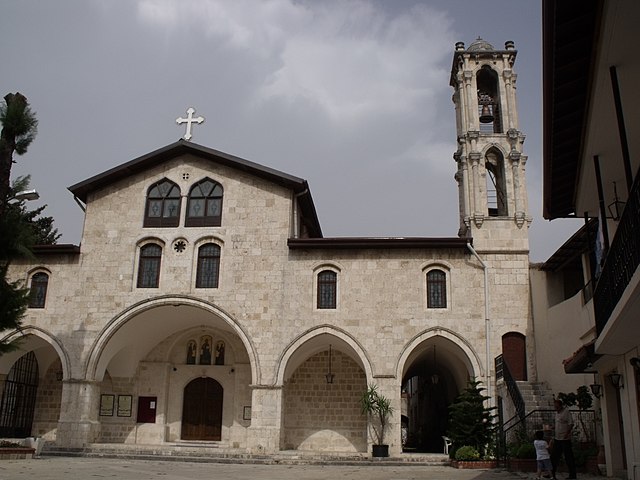The Nur Mountains, formerly known as Alma-Dağ, the ancient Amanus, medieval Black Mountain, or Jabal al-Lukkam in Arabic, is a mountain range in the Hatay Province of south-central Turkey. It begins south of the Taurus Mountains and the Ceyhan river, runs roughly parallel to the Gulf of İskenderun, and ends on the Mediterranean coast between the Gulf of İskenderun and the Orontes (Asi) river mouth.
Amanus Mountains (old name of today's Nur Mountains), southern part was between the Gulf of Issus and Antioch
Promenade of İskenderun (old name: Alexandria of Cilicia) seeing the Nur Mountains (old name: Amanus) in the background.
Hatay Province is the southernmost province and metropolitan municipality of Turkey. Its area is 5,524 km2, and its population is 1,686,043 (2022). It is situated mostly outside Anatolia, along the eastern coast of the Levantine Sea. The province borders Syria to its south and east, the Turkish province of Adana to the northwest, Osmaniye to the north, and Gaziantep to the northeast. It is partially in Çukurova, a large fertile plain along Cilicia. Its administrative capital is Antakya, making it one of the three Turkish provinces not named after its administrative capital or any settlement. The second-largest city is İskenderun. Sovereignty over most of the province remains disputed with neighbouring Syria, which claims that the province had a demographic Arab majority, and was separated from itself against the stipulations of the French Mandate of Syria in the years following Syria's occupation by France after World War I.
St. Paul's Church, Antakya
Church of Saint Peter in Hatay Province.
Ethnic groups in the Balkans and Asia Minor, early 20th Century, Historical Atlas, 1911
Protests in Damascus in 1939 by women demonstrators against the secession of the Sanjak of Alexandretta, and its subsequent joining into Turkey as the Hatay Province. One of the signs reads: "Our blood is sacrificed for the Syrian Arab Sanjak."






